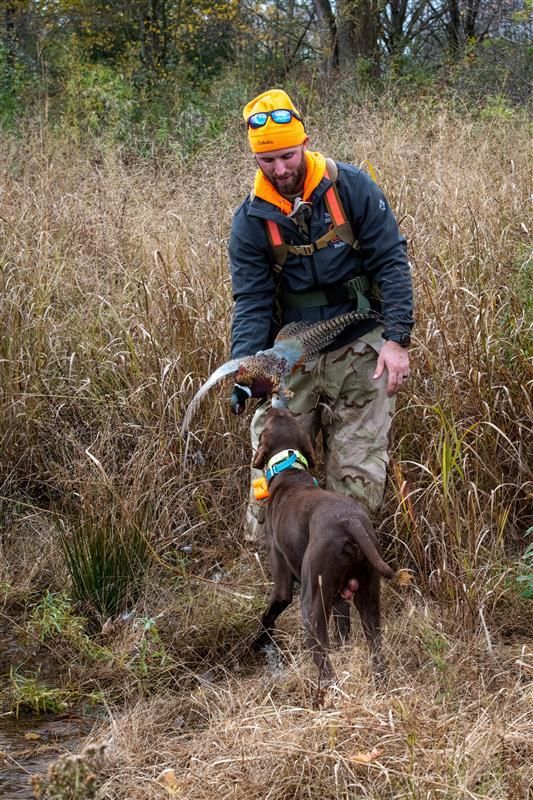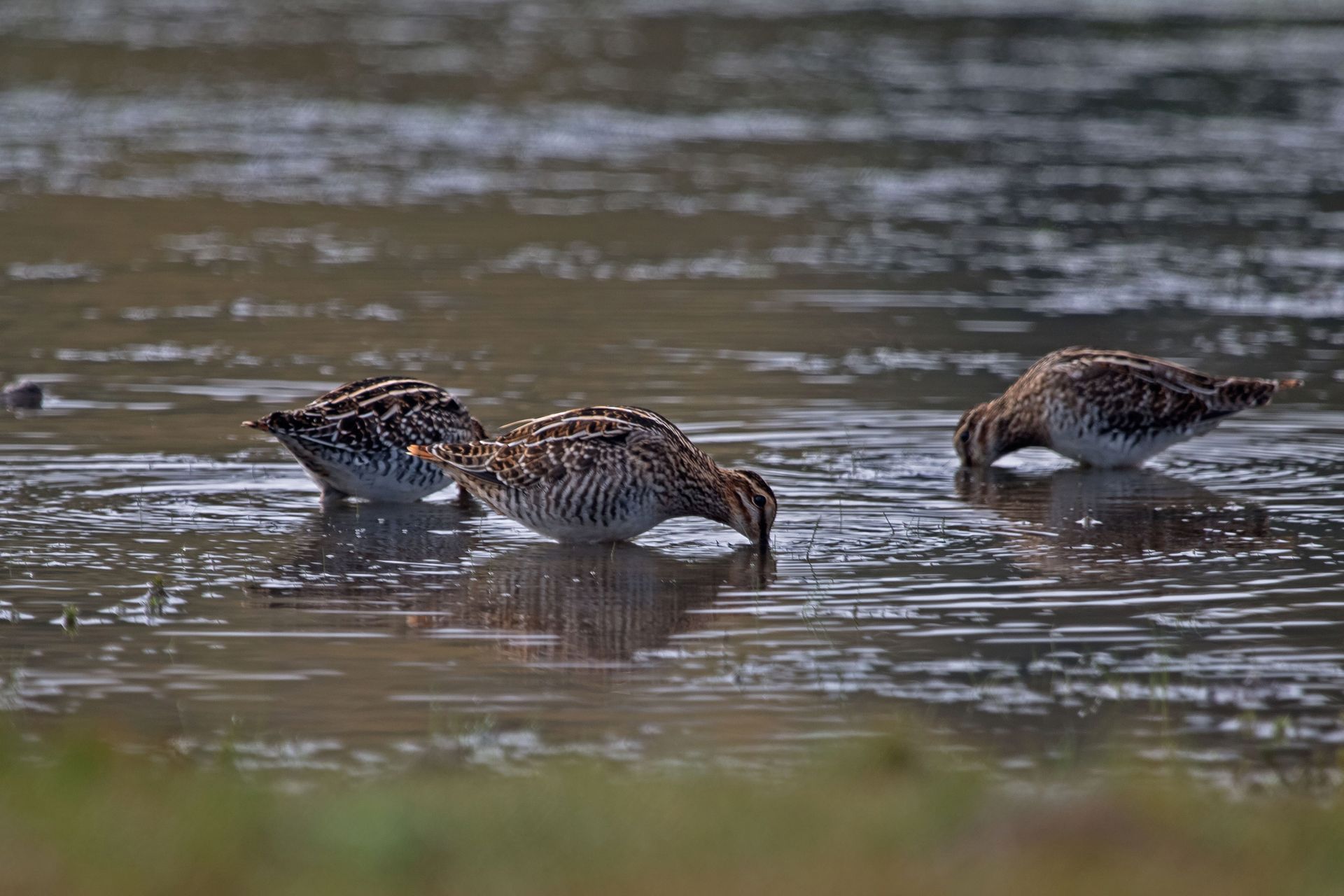This pheasant species can be found in a combination of grasslands, shrublands, and agricultural lands where they can forage for grains or along roadside ditches and fence rows. When agricultural production began to shift in the mid-1900s, prime habitat became more limited. The Michigan DNR and U.S. Natural Resource Conservation Service have recommended a mixture of legumes and grasses to enhance nesting habitat for hens when managing land to maintain this species. Tall grasses are used as shelter from predators as well as for safe winter habitat. Typically, the ring-necked pheasant male stays close to a group of females to defend them from other males; however, the species can be legally hunted in Michigan with a license if on public land.
Feathers and Fencerows: The Ring-Necked Pheasant
History
Ring-necked pheasants were introduced to Michigan in 1895, often sought after as a wild gamebird species. This pheasant species originated from China and was able to establish a population due to its ability to live in a range of environments. Since its introduction, the range has expanded with populations present primarily in the northern United States.
Conservation
Current Status
Populations of pheasant are monitored in the North American Breeding Bird Survey, in which there have been declining numbers since 1966, however, they are considered a species of low concern for conservation.
Characteristics
Male ring-necked pheasants are ornately colored game birds with extravagant feather patterns. The body of this pheasant is primarily brown to rust color with tan feathers along the wings and tail. The tail feathers are typically the length of the pheasant’s body, with black bars going to the tip. The head of the pheasant has an iridescent blue-green color separated from the body by a white line, giving the bird its name. Additionally, there is a red patch around the eye called the wattle, which is used for mating. Female ring-necked pheasants are more camouflaged with tan to black speckled feathers and slightly shorter tails.
Learn More
Although the ring-necked pheasant hunting season is coming to an end, aside from the December management unit, hunters can play their part in conservation to create and enhance habitat for this game bird. Regulations for pheasant can be found in the annual Small Game Hunting Regulations Summary created by the DNR. If you are looking to get involved in working to conserve habitat for wildlife, consider joining Michigan United Conservation Clubs and our fight to conserve, protect, and enhance Michigan's natural resources and outdoor heritage. Other options to help conserve Michigan include making donations or volunteering for wildlife habitat improvement. Our award-winning On the Ground program is looking for passionate volunteers to enhance wildlife habitat across the state. If you are interested in getting involved or learning more about the program, visit our habitat website.







